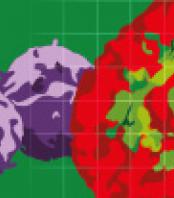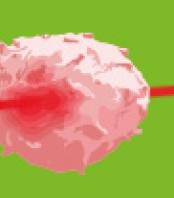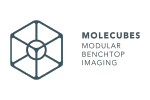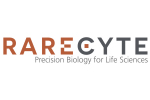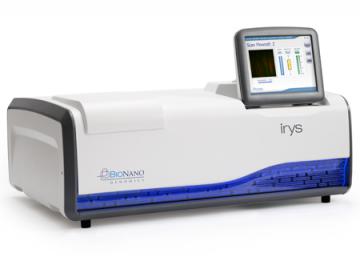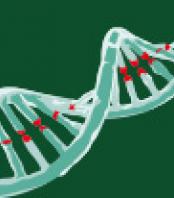Traditionally, generating a whole-genome physical or genetic map has been one of the first steps in exploring genomes. Long-range information is crucial to the accurate understanding of relationships between functional elements in the genome and making sense of more detailed follow-on experiments.
Many current high-throughput genomic technologies start by fragmenting and amplifying DNA. This necessity often sacrifices vital long-range connectivity, causing researchers to miss many structural variants, including rearrangements, inversions and copy-number variants, which lead to inaccurately sized gaps.
Genome maps can contribute greatly to improving contiguity, accurately identifying gaps and revealing missed structural variation, even after a substantial amount of sequencing has been conducted. To achieve higher-quality genome analysis and comprehensive views of variation, a complete genome map is essential.
Tina Graves will describe how she has used the Irys genome maps to improve the CHM1 single haplotype human whole genome assembly. These genome maps have helped discover assembly errors, size gaps and confirm previously unsure regions of the assembly.
VIEW WEBINAR
